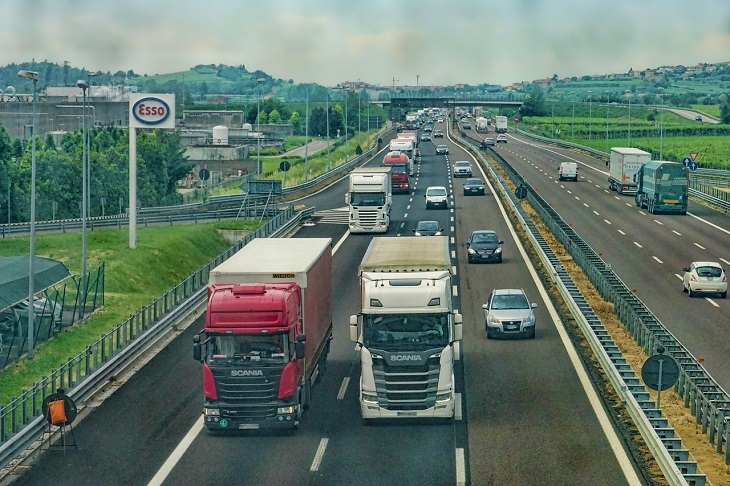It’s time to talk about Intelligent Speed Assistance (ISA). Although it is hard to imagine executive and development floors in the automotive and navigation sector not talking about this topic, there are some ISA specifics that are less frequently discussed. Reason enough for the NDS Association to address “ISA specifics for trucks and buses”. All data structures necessary for Intelligent Speed Assistance can be found in the NDS specification – this covers all vehicle types and configurations.
The special challenge for buses or trucks is: Most of the time, the speed limits addressing passenger cars cannot be applied. Additionally, speed limits for trucks or buses are frequently not signposted or can be lower than what is sign-posted. On highways, you can find special signs for trucks, but in-vehicle cameras may not be able to identify these smaller add-on signs. Developers in the ISA and ADAS space must be aware, that there is a need for additional speed information especially for commercial vehicles like trucks and buses, because the ISA regulation also applies to these.
ISA solutions have been mandatory for newly introduced vehicle types since July 2022. Their implementation is supported by an electronic horizon and digital map data. Corresponding technologies must be included as standard in all new vehicle types of classes M and N (cars, vans, trucks and buses) launched to market. In the next step, this will then also apply to all new registered vehicles sold within the EU countries, Norway, and Switzerland from July 2024 onwards. The regulation is intended not only to reduce the risk of accidents, but also to mark a further step toward connected and automated driving.
There is a wide range of speed limits:
Excluded from the regulation test criteria are conditional speed limits, for example ones that are time and weather dependent.
An ISA solution must display the applicable speed limit in direct line of sight to the driver, and it can include visual and audible warnings when going over a certain speed or a soft limitation of the speed of the vehicle. Furthermore, there are more advanced solutions that actively support drivers by controlling how fast the vehicle can go.

First, there are many non-posted speed limits and secondly, speed limit signs can be hard to read. Often camera systems struggle with speed limits that are not or only badly visible. Another challenge is bad weather and light conditions or even inadequate infrastructure. When there are no signs, or signs that do not explicitly display the speed limit, or when the speed limit is lifted, then the map data will be able to tell the system the applicable speed limit for the specific road. While in northern European countries, you find a high density of posted speed limits, in the middle and south of Europe the posted speed limits become less dense. Non-posted, implicit speed limits are very common. Over 60 percent are not sign-posted but based on road rules and regulations. That means, ISA systems will not work well enough when they are relying on camera-only systems detecting posted speeds. Map data provides real value as the source for speed limits when signs are not present, or as a reference and “second sensor” to validate camera detected speed limits.
How NDS can help
Quite a few smaller manufacturers are currently launching low-volume vehicles such as trucks and buses that require special support when it comes to ISA. NDS has long extended the specification to allow multiple speed limits to be appended to the same road geometry to reflect different vehicle types, configurations, and requirements. With NDS.Live, the specification supports new requirements and use cases and thus combines the best of our experience with today’s realities and tomorrow’s new possibilities.
Back to news →